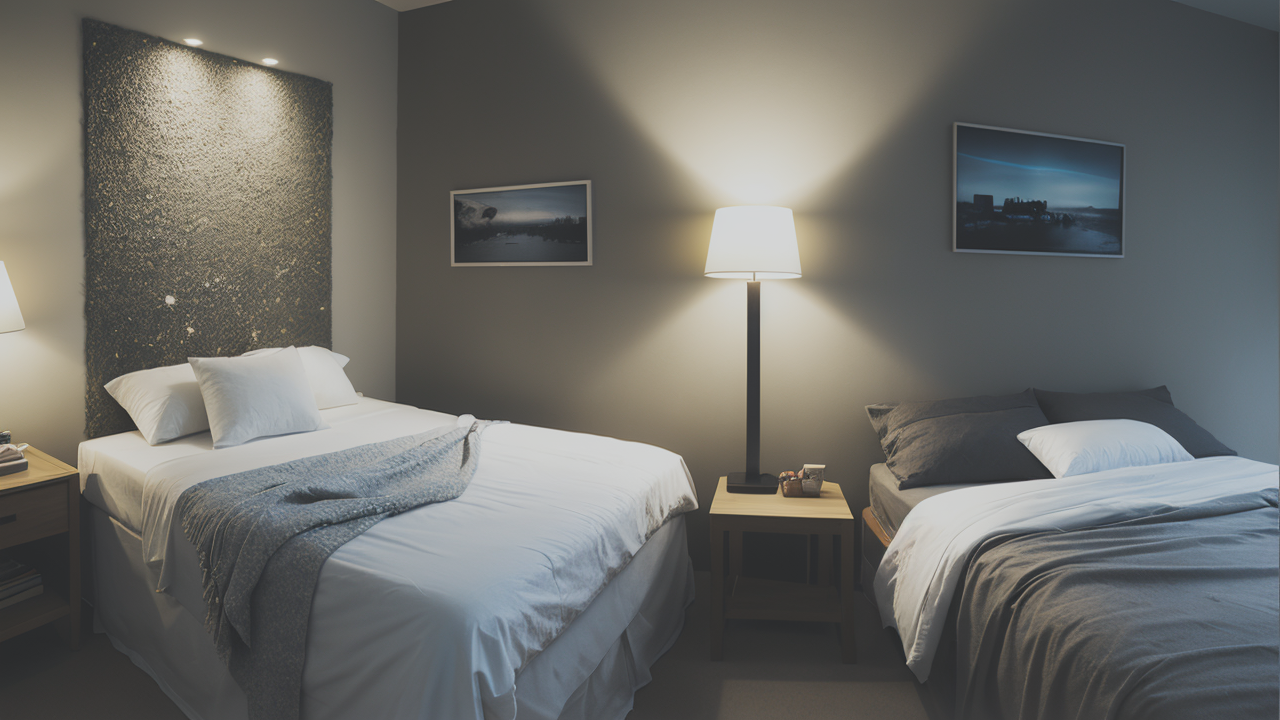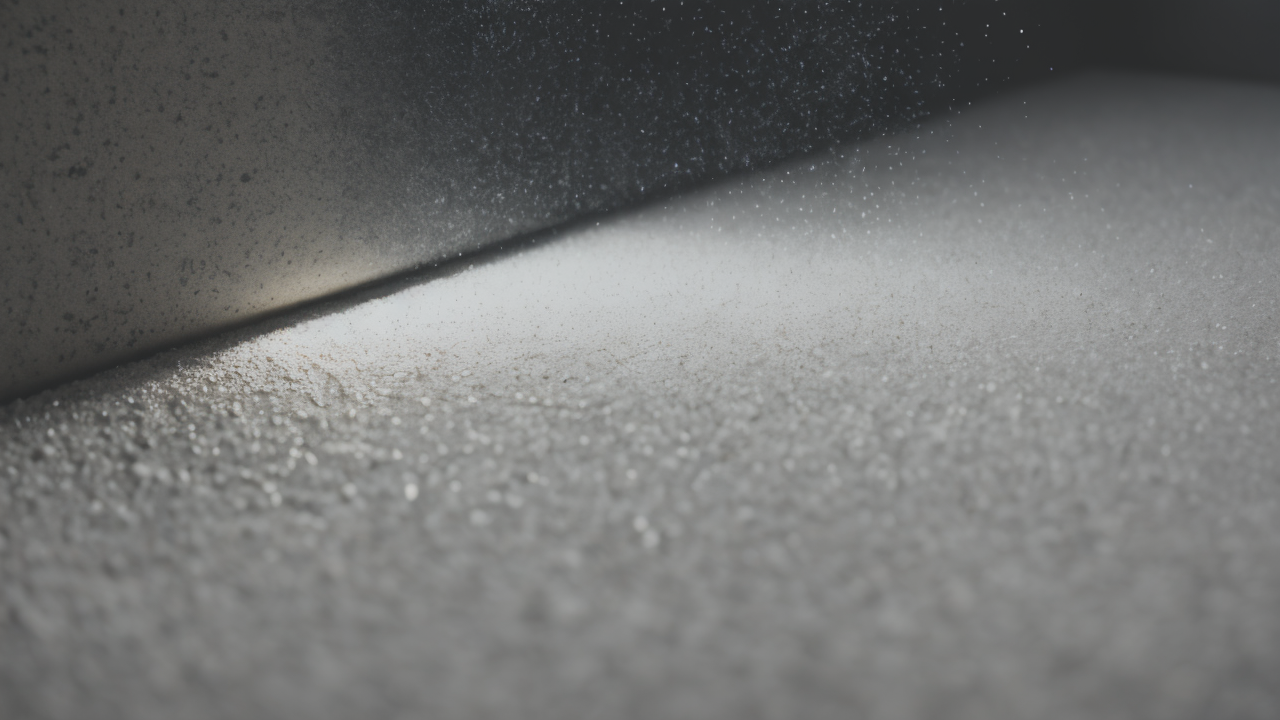
Blending Plaster and Paint: Advanced Techniques for Abstract Art Enthusiasts
Understanding the Basics of Plaster Textured Art
What is Plaster Textured Art?
Plaster textured art is a unique form of wall decoration. It uses plaster to create 3D effects on walls. Artists apply layers of plaster and shape it to form textures and patterns. This art form adds depth and visual interest to any space.

Plaster can be smooth or rough. It can mimic natural textures like stone or wood. Artists can also create abstract designs. The result is a tactile, visually appealing surface. Plaster art can be left in its natural color or painted.
This art form has a rich history. It dates back to ancient civilizations. Today, it's popular in modern interior design. Plaster art offers endless creative possibilities. It can transform plain walls into stunning focal points.
Benefits of Using Textured Plaster for Home Decor
Textured plaster offers many advantages for home decor. It adds visual interest to plain walls. The 3D effect creates depth, making rooms feel more dynamic. It can make small spaces appear larger.
Plaster is versatile. It suits any style, from rustic to modern. You can customize colors and textures to match your decor. This makes it a flexible option for any room in your home.
Plaster is also durable. It resists cracks and chips better than paint alone. It's easy to clean and maintain. In the long run, it can be more cost-effective than other wall treatments.
Textured plaster can hide wall imperfections. It's great for older homes with uneven surfaces. It also provides some sound insulation. This can make rooms quieter and more comfortable.
Essential Tools for Plaster Textured Artists
To create plaster art, you need the right tools. Here's a list of essentials:
- Plaster: Choose a high-quality, workable plaster.
- Trowels: Various sizes for applying and shaping plaster.
- Texture combs: For creating patterns in wet plaster.
- Mixing buckets: For preparing plaster.
- Sandpaper: To smooth dried plaster if needed.
- Protective gear: Gloves, goggles, and dust masks.
- Primer: To prepare the wall surface.
- Paint: For adding color to your finished piece.
- Brushes and rollers: For applying paint and creating textures.
- Sealant: To protect the finished artwork.
Having these tools on hand will help you create professional-looking plaster art. Remember, quality tools can make a big difference in your final results. Invest in good tools for the best outcome.
Advanced Techniques in Plaster Textured Art
Innovative Application Methods for Textured Plaster
Artists use many methods to apply textured plaster. One technique is layering. This involves applying thin layers of plaster, letting each dry before adding the next. It creates depth and complexity.

Another method is carving. Artists apply thick plaster, then carve designs into it. This can create intricate patterns or relief sculptures. Some use stencils to create repeating designs in plaster.
Stamping is another popular technique. Artists press objects into wet plaster to leave impressions. This can create unique textures and patterns. Some even mix materials into the plaster for added texture.
Spattering involves flicking plaster onto the wall. This creates a speckled, organic look. It's great for mimicking natural stone textures. Artists can also use trowels to create swirls or waves in the plaster.
Combining Textured Plaster with Other Decorative Elements
Plaster art doesn't have to stand alone. It can be combined with other decor elements for stunning results. One option is to mix plaster with paint techniques. This can create depth and visual interest.
Metallic accents work well with plaster. Artists can apply gold leaf or metallic paint to highlight textures. This adds a touch of luxury to the artwork. Embedded objects like tiles or stones can also enhance plaster art.
Lighting plays a big role in showcasing textured plaster. Strategic lighting can create shadows that emphasize the texture. Some artists even incorporate LED lights into their plaster designs for a modern touch.
Plaster can be used with wood or metal elements. This creates an interesting contrast of textures. It's also possible to combine plaster with wallpaper or fabric for a unique look.
Tips for Maintaining and Preserving Textured Plaster Art
Proper care ensures your plaster art lasts for years. Here are some tips:
- Clean gently with a soft, dry cloth. Avoid water or harsh chemicals.
- Use a soft brush to remove dust from textured areas.
- Seal the plaster to protect it from moisture and stains.
- Avoid hanging heavy items on plaster walls.
- Touch up any chips or cracks promptly to prevent further damage.
- Keep the room's humidity levels stable to prevent cracking.
- Use care when moving furniture to avoid scratching the plaster.
Regular maintenance will keep your plaster art looking fresh. If damage occurs, consult a professional for repairs. With proper care, textured plaster can be a long-lasting decor element.
Case Studies and Projects
Residential Projects: Transforming Homes with Textured Plaster
Textured plaster can dramatically change a home's interior. In one case, a Victorian home got a modern update. The owners used smooth, white plaster to refresh old walls. They added subtle texture for interest without overpowering the space.

Another project involved a beach house makeover. The designers used plaster to mimic sand and waves. They created a calming, coastal feel throughout the home. The textured walls became a focal point, replacing the need for artwork.
In a small urban apartment, plaster added depth to the walls. The designer used a swirled pattern to create movement. This made the small space feel larger and more dynamic. The neutral color kept the look sophisticated.
These projects show how versatile plaster can be. It can suit any style, from traditional to contemporary. The right texture can completely transform a room's atmosphere.
Commercial Applications: Businesses That Use Plaster Textured Art
Many businesses use plaster art to create unique environments. High-end restaurants often feature textured walls. These add elegance and absorb sound, improving the dining experience. One trendy eatery used plaster to create a cave-like atmosphere.
Hotels also embrace plaster art. In lobbies, it creates a luxurious first impression. One boutique hotel used gold-flecked plaster for a glamorous effect. In rooms, textured walls add character without being overwhelming.
Retail stores use plaster to enhance brand image. A clothing boutique used rippled plaster to evoke fabric textures. This subtle design element reinforced their brand identity. It created a cohesive look throughout the store.
Spas and wellness centers often use plaster for its calming effect. Smooth, undulating textures can create a sense of tranquility. One spa used plaster to mimic natural stone, bringing the outdoors inside.
How to Measure the Impact of Plaster Textured Art on Property Value
Measuring the impact of plaster art on property value isn't straightforward. However, there are indicators. First, consider the quality of the work. High-quality plaster art can be seen as a valuable feature.
Real estate agents often highlight unique design elements. Textured plaster walls can make a property stand out. This can lead to faster sales and potentially higher offers. In luxury markets, custom plaster work can be a selling point.
Comparing similar properties can provide insight. If a home with plaster art sells for more, it may indicate added value. However, other factors always play a role in property value.
Surveys of potential buyers can gauge interest. If many view plaster art as desirable, it likely adds value. Ultimately, the impact depends on the local market and current design trends. Professional appraisers can provide the most accurate assessment of plaster art's value impact.


